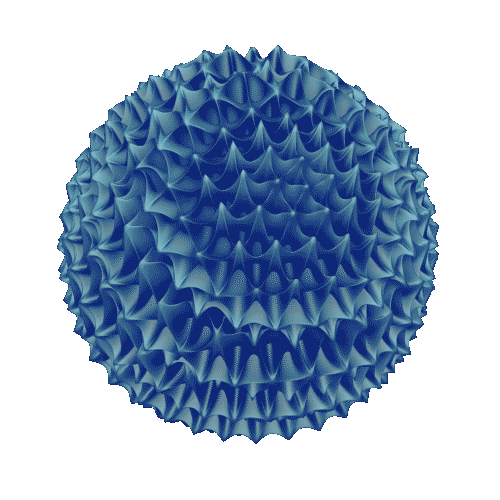Done reading Beauty and Sadness. I can now reflect on my early impressions of Kawabata's work, about the style and finding the prose strangely different from what I expected from a Literature Nobel Prize.
I’ll develop later my appreciation of Kawabata's novel, overall interesting for its unusual narrative structure, the characters’ deep psy portrait, the intensity of their turmoil. An enjoyable and worthy reading.
In this novel of his, Kawabata’s style (or is it just the option he chose for the prose?) makes an extensive use of “emotion telling”. I was first struck by this because it conflicted with the teaching of writing I learned (I’m referring to the “show don’t tell” mantra—about which I already had a nuanced approach), but fellow redditors here pointed out that this kind of teaching is strongly tainted by the Western culture, and Americans have the habit to make definite prescriptions. That’s a fair observation, but I still agree with the idea that just telling/saying what (generic) emotion a character feels doesn’t make it as compelling and immersive as when it is shown with specific details. Kawabata does both in turns, and mostly the former.
Not only I couldn’t help notice this emotion telling with the eye I trained to spot such “flaw” (according to the teachings), it really pulled me out of the story for the first couple of chapters. Then it doesn’t get any better—the novel’s core is actually mostly emotion telling—but eventually I got used to it enough to stay immersed in the story.
The other points that kept bugging me are the youth and breasts themes.
Besides going for a teenage girl at 30, and ruining her life, the first main character clearly has a fascination for youth that echoes to similar content from other Japanese media. Not only this guy, but the second main character too, once adult (to a lesser extent). This isn’t a literary criticism, but a matter of taste, maybe. Anyway, I found it too much and tiring.
Now, breasts. There’s also the slender neck, the delicate hands, youthful ears, but the breasts get a special treatment I rarely have seen. Down to very focused details, like the subtle difference of color nuance between one pink of the nipples and another. Or the exact skin texture and shape of the nipple bud. So... Well, you tell me. I’m not fond of this, to say the least, but it’s also a matter of personal taste for the content, not a literary criticism, right?
That said, I’ve seen this kind of remarks for Kawabata’s works, so I’m not alone to frown upon that, but I still have to check what professional critiques or scholars say about it. I might be overreacting. Your thoughts?
Now, the good parts for me.
The chapters often start with a combined time jump and point of view switch to another character. This might have been destabilizing at first, but I welcomed such a bold move from the author. I quickly got used to it. Also, those changes of perspective keep the novel short and streamlined by focusing on the important points. In the same logic, Kawabata really implemented the recommendation “cut the crap from a conversation” to a new height for me: he leaves us in the middle of it at the end of a chapter. The next isn’t a continuation of the dialogue. Sudden and brutal, but effective.
Within chapters, huge and frequent flashbacks navigate time comfortably, even when they also become nested or have their own time jump in the past, forward or backward. This flashback mastery, well blended with the character’s thoughts and mental associations, will remind everyone who is writing in the present tense what they miss or make much more difficult to do.
Tortured characters. Poor them. But that’s what makes a story. And for each, a deep dive in their mind, the closest psychic distance. This aspect has a lot of room and screen time in the novel. Actually, this is what the novel is made of. As I said before, their emotions are mostly stated, but we also have detailed little gestures and glances to infer the more nuanced emotions, and this complements the overall mood very well. About the glances and looks: I didn’t like how much we readers are guided through them, and this reminds me of another “flaw” (according to the teachings) called “filtering”, where the character’s perception comes between the sensory descriptions and the reader, creating more distance. This doesn’t always apply, of course, but my newly trained eye (sadly conditioned?) spotted debatable occurrences.
Special mention to how well the immaturity of the pupil is rendered. She is a late teenager (or maybe young adult), and her voice, ideas, and reactions, strikingly portray a young person still growing, with a lot to learn and to construct to become a full-fledged adult.
Mood. Landscape and setting descriptions with a good dose of nostalgia and historical background. This is also why I selected the novel, and I wasn’t disappointed.
Neither good nor bad: There might be some insisting redundancy a few times, with a repeating message in two sentences in a row or in the same paragraph. It’s hard to know if it comes from a translation difficulty. I mean, the author might have added a nuance, but it translates into very similar terms (I don’t know). I can’t believe he repeats himself.
I also liked the last part of the plot, which left me with several questions (and right away I searched the ebook for a word of a detail I remembered, to solve one question; that was a good sign). I can’t tell without spoiling it, so I’ll end here.
(Usual disclaimer: Not trying to look like something—my non-native English might seem formal or odd at times. Thanks for bearing with me, I’m an amateur. Not written with AI.)
[link] [comments]

 3 months ago
43
3 months ago
43




 English (US)
English (US)